Building a strong brand identity online is essential for any organization trying to prosper in our modern digital focused era. What distinguishes you from your rivals and enables you to engage your target audience more deeply is your brand identity. We'll go over some pointers and best practices for developing your brand identity online in this comprehensive tutorial.
Define Your Brand
Defining your brand is the first step in creating your online brand identity. What distinguishes you from your rivals, who are you, and what do you stand for? By providing answers to these inquiries, you may develop a distinctive brand identity that appeals to your target market.
Make a brand mission statement first, outlining the principles, goals, and aspirations of your business. When developing content for your brand and making decisions, use this phrase as a guide.
Airbnb, for instance, has as its aim “to build a world where anybody can belong anywhere.” Their branding, which highlights the distinctive and varied experiences that users of their site can have, reflects this purpose statement.
Create a Visual Identity
Another crucial element of your online brand identification is your visual identity. This comprises your logo, color palette, typography, and other visual components that distinguish your brand.
It's crucial to pick components for your visual identity that express the character and principles of your company. For example, if your brand is playful and lighthearted, you may choose bright colors and fun typography. You might select more subdued colors and a traditional font if your brand is more serious and professional.
Coca-Cola is a good illustration of a company with a distinctive visual identity. The company's identifiable red and white color scheme and traditional typeface have helped to establish a strong and enduring brand identification for over a century.
Be Consistent
Consistency is key when building your brand identity online. From your website to your social media profiles, your visual identity, messaging, and tone should all be consistent.
Building brand familiarity and trust with your audience is facilitated by consistency. They should be able to identify your logo or your messaging as being associated with your brand the moment they see it.
For instance, Mailchimp is a company that has established a consistent branding across all platforms. Their website, social media pages, and even email marketing campaigns all reflect their lighthearted and funny tone, which results in a distinctive and memorable brand identity.
Create Compelling Content
Another crucial component of your online brand identity is content. Your content should reflect your brand's personality and values, and provide value to your target audience.
When creating content, think about what your audience is interested in and what they want to learn from you. This could be in the form of blog entries, videos, social media updates, or other content.
For instance, the clothing company Madewell produces material that embodies its principles of diversity and sustainability. They feature real people of all ages and body types in their advertising, and provide tips for sustainable fashion practices in their blog posts.
Engage with Your Audience
Engaging with your audience is another important aspect of building your brand identity online. This involves replying to messages and comments on social media and setting up channels for two-way dialog with your audience.
When engaging with your audience, be authentic and genuine. Demonstrate them you value their ideas and feedback by incorporating it into your brand improvement and content creation.
For instance, the outdoor clothing company Patagonia is renowned for its social media engagement. They frequently reply to messages and comments, and they use client feedback to enhance their products and sustainability procedures.
Monitor Your Reputation
A key component of your brand identity is your internet reputation. Keep an eye on what people are saying about your company online and reply to any unfavorable comments or criticism in a suitable manner.
This may entail keeping an eye on social media platforms and review websites like Yelp or Google. Reply to unfavorable comments quickly and professionally, and take steps to address any problems that may develop.
For instance, after receiving criticism on social media for ejecting a passenger against his will, United Airlines issued a formal apology and pledged to reassess its policies and practices.
Stay Up to Date
Finally, it's crucial to keep up with developments in the digital world. This covers adjustments to social media algorithms, the development of new platforms, and the emergence of new technology.
You can keep ahead of the curve and make sure that your brand remains relevant and powerful in the digital age by staying up to date with these changes.
For instance, many marketers have started to make content exclusively for TikTok in order to reach a new audience as this platform has been popular among younger audiences.
In conclusion, developing a strong brand identity online necessitates a combination of defining your brand, developing a visual identity, being consistent, producing compelling content, engaging with your audience, monitoring your reputation, and keeping up with trends and changes in the digital landscape.
You can leave a long-lasting impression on your target audience and expand your business online by adhering to these best practices and concentrating on developing a strong and consistent brand identity.



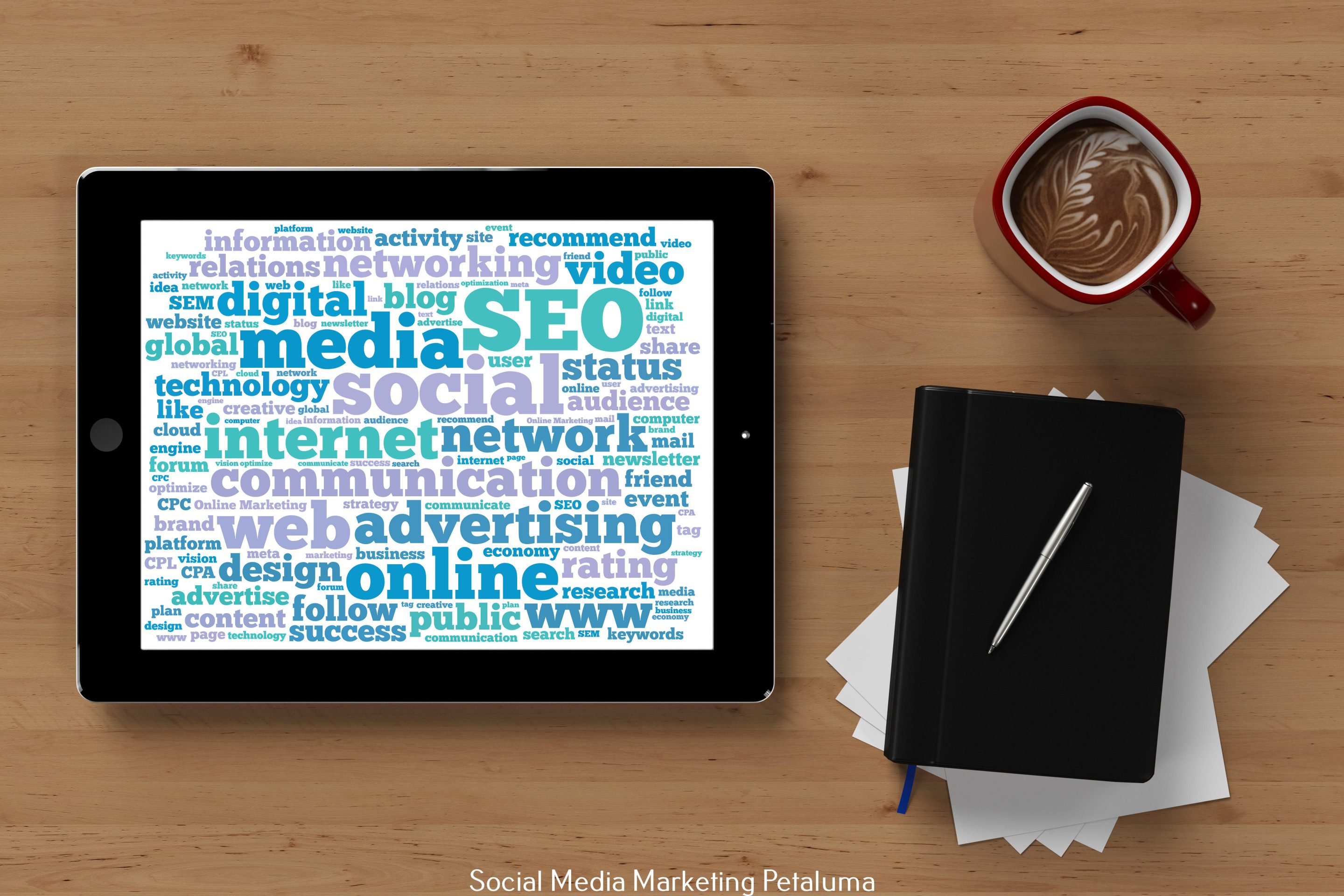




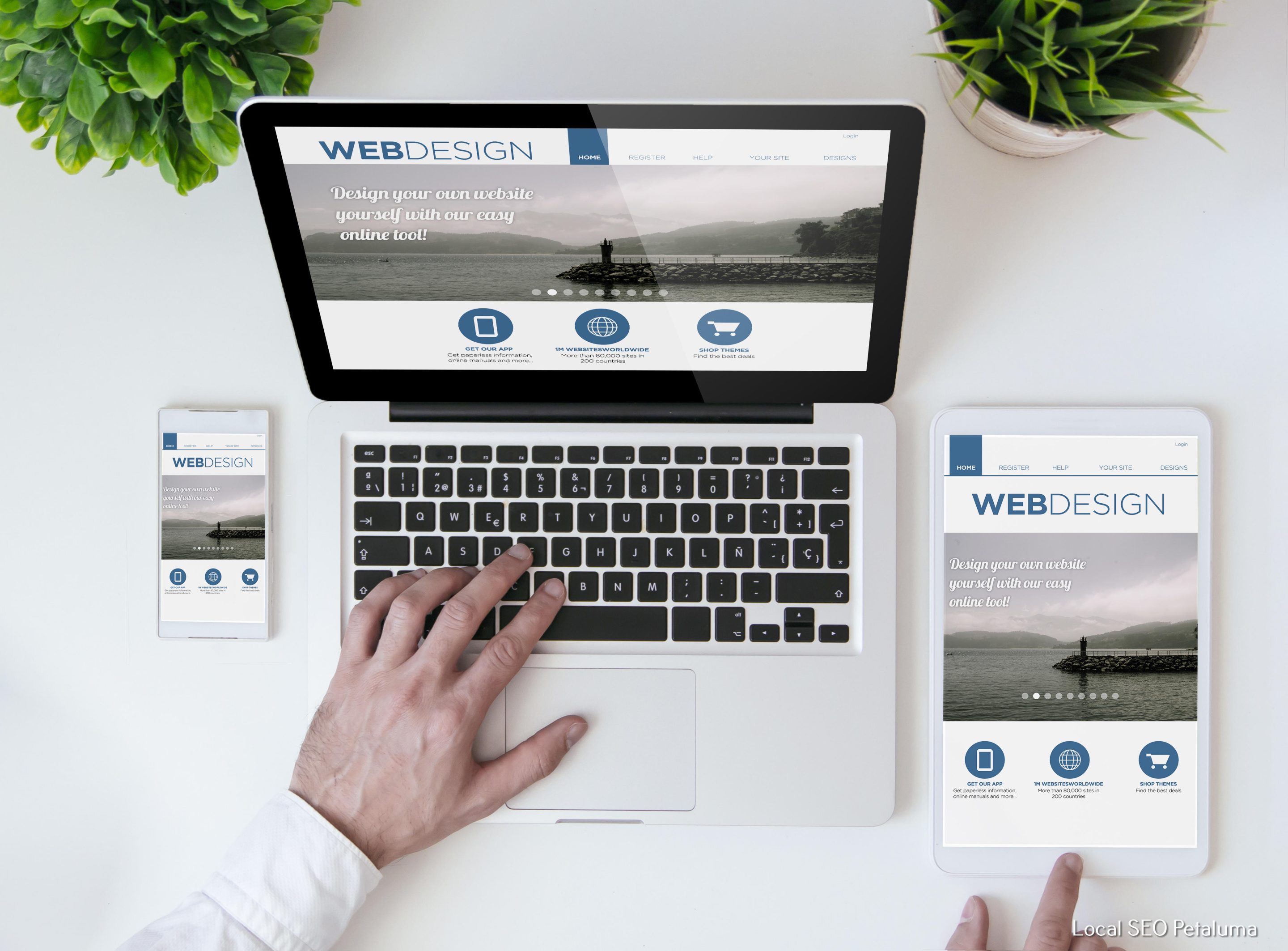


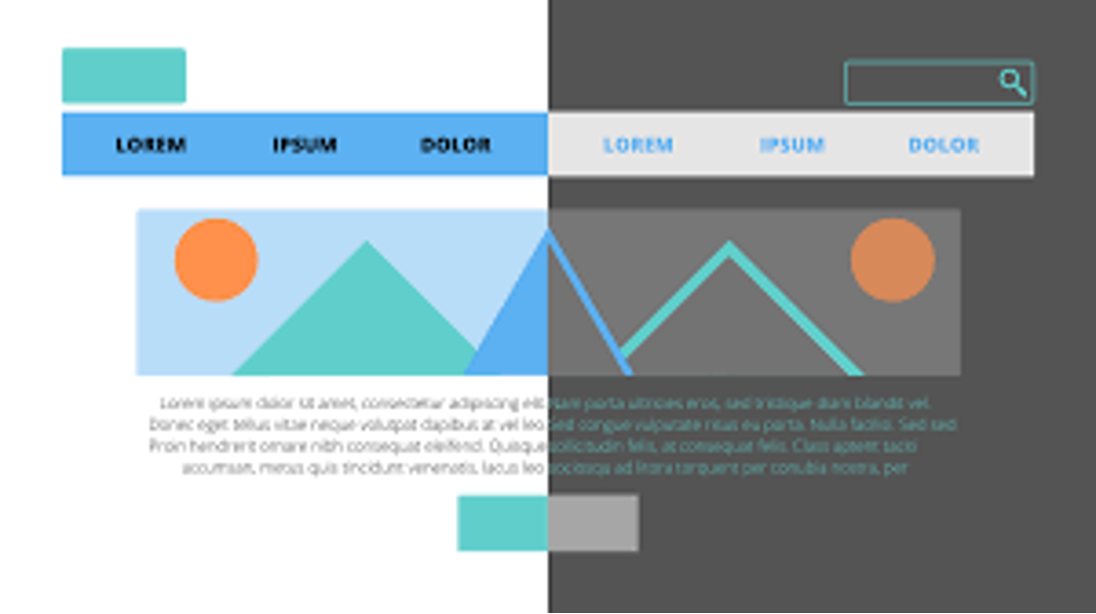








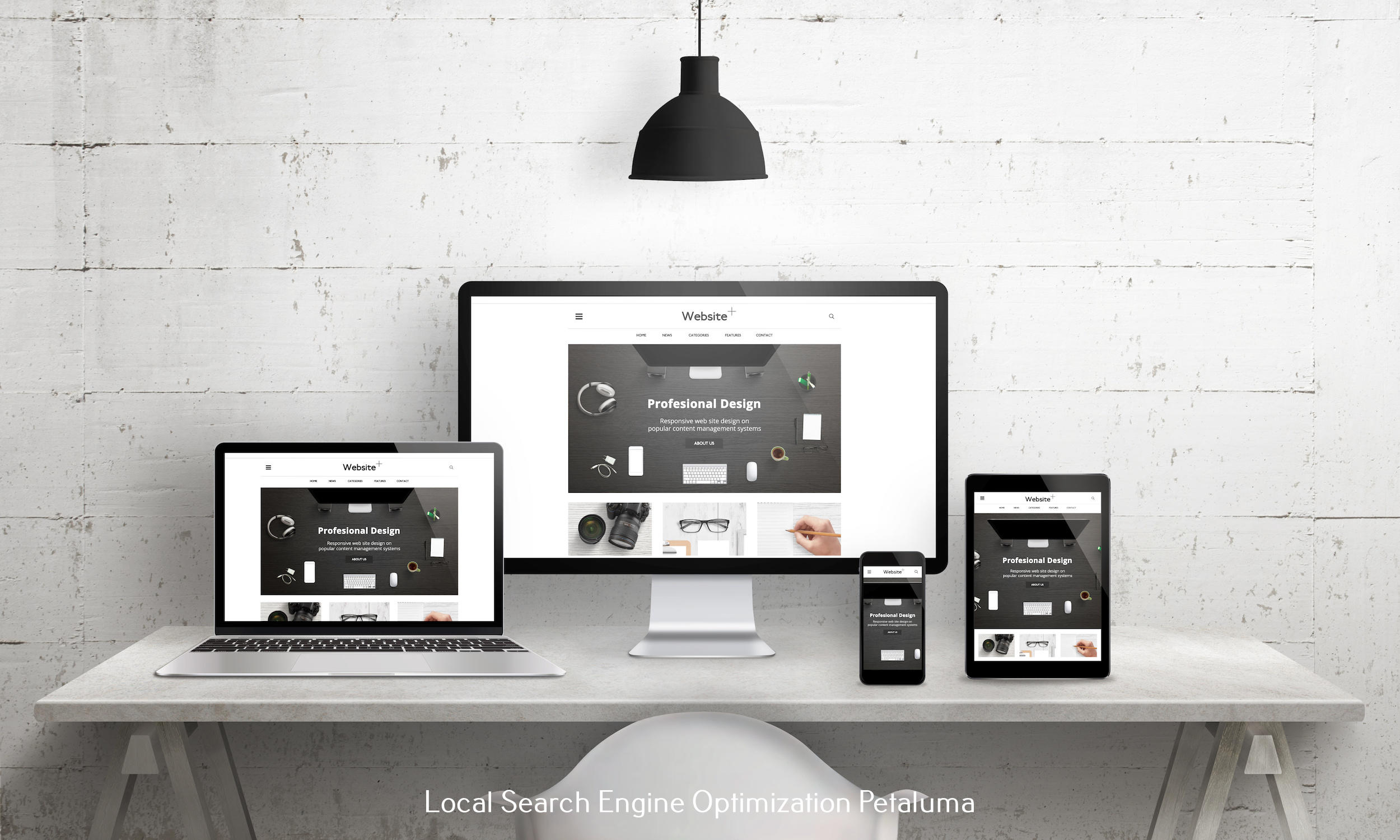

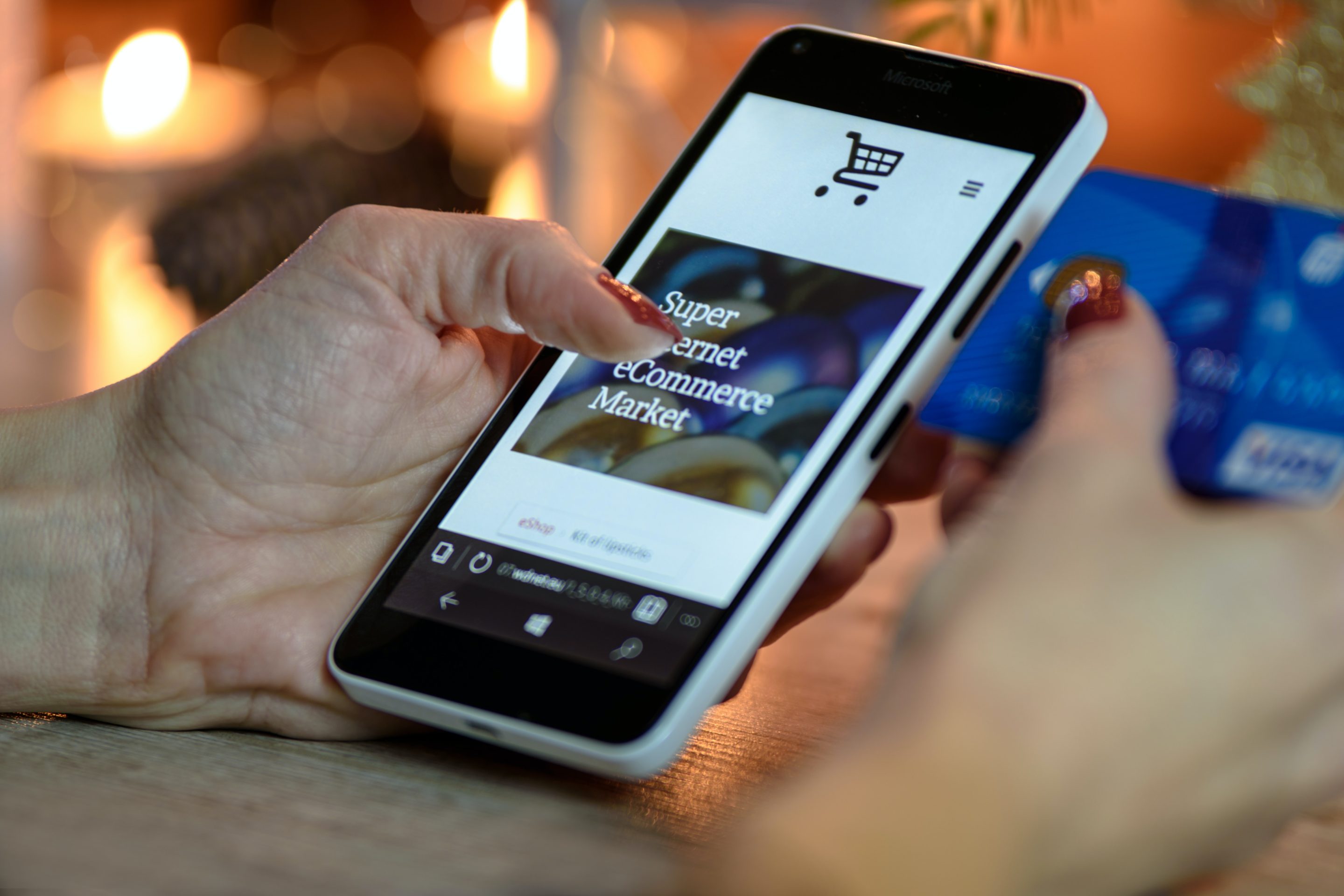

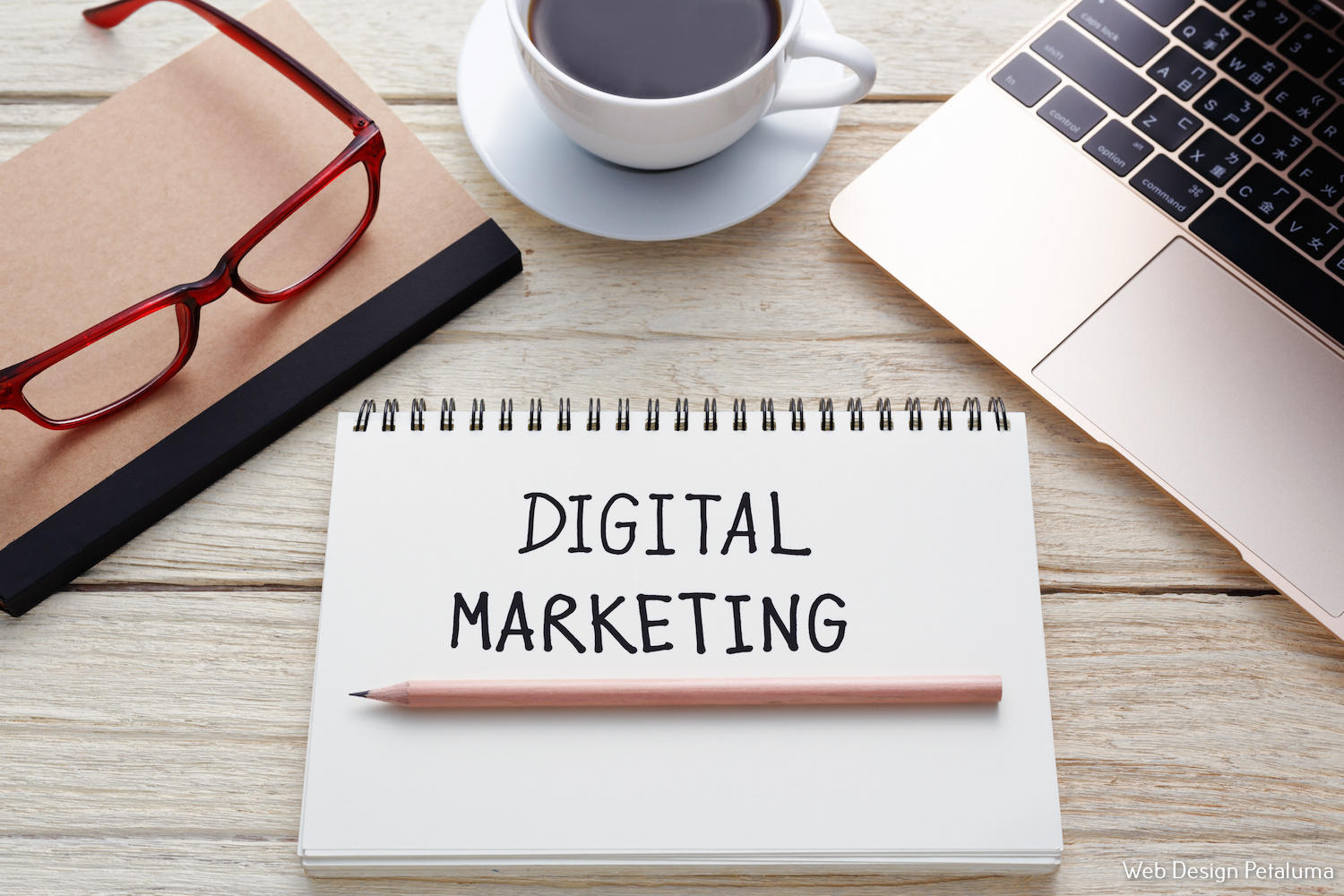












0 Comments